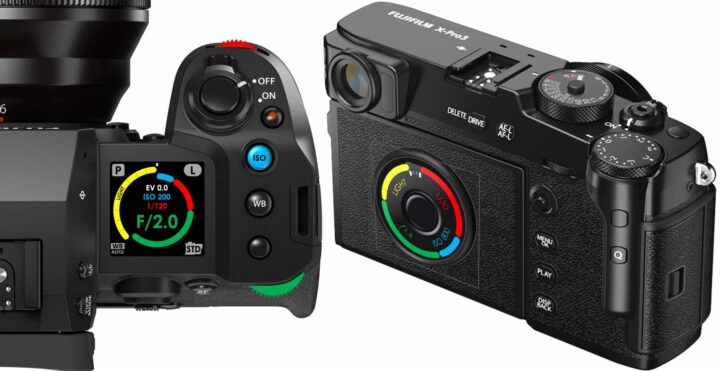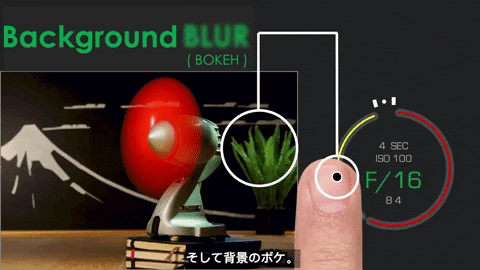Expodo: Meet the Exposure Donut and How it Could Work on Fujifilm Cameras

Full disclosure: Tim did not pay FujiRumors to publish this. He started to work on this concept using a Fujifilm X-T1 camera (you see the first prototype here). Feel free to give Tim your feedback in the comments.
There is no way around it: if you want to bring your photography to the next level, then at some point you have to leave the world of “full auto”.
But leaving the “auto” world to go partially or full manual can be intimidating and confusing, and that was the case also for Tim Helweg-Larsen.
When Tim’s son was born, he wanted to really understand his camera and get the most out of it.
In this process, Tim wanted to create a more intuitive way to control the camera.
What he ultimately came up with is Expodo, a new user interface with an exposure donut that is visible on the LCD and EVF of the camera itself.
Expodo takes the essential elements of any exposure (light, time, aperture, sensitivity) and visualizes them in form of an exposure donut, where the length of each coloured arc is proportionate to each of these values.
The exposure donut shows that these four elements all contribute the brightness of your image.

And it makes clear that the three you control on the camera (time, aperture and sensitivity) all have the side effect of making your picture blurry – background blur (bokeh), motion blur, and grain blur (noise).

 ⁄
⁄
- Touch-screen interface
- existing thumb dials and a color LCD in place of the monochrome one on the X-H2, and in combination with the viewfinder
- It could also be used in a very manual camera like the X-Pro3. This could be a dedicated circular touch screen with a wheel around it. A bit like the Leica MD
Tim wrote me:
Fujifilm has done more than any other camera company to prioritise manual exposure control. They have dedicated, physical shutter speed and ISO controls on their cameras. The Exposure Donut could be a continuation of this trend.
Expodo’s goal is to be an easy to use interface to control ISO, aperture and shutter speed. (The donut could, on future cameras, also control electronic ND, lighting, and computational image stacking)
The main target are customers, who right now use top of the range smartphone cameras because they want to take better images, but won’t upgrade to a real camera because they are confused traditional camera controls.
Down below is a CineD video that shows you more about it
Above you can see potential implementations of this concept on Fujifilm cameras.
And if you want to get more of a feel for expodo, you can e-mail Tim ( tim[at]expodo[dot]photo ). He can sign you up for a beta iPhone app – an interactive proof-of-concept. And he can let you know when a fully functioning version becomes available.
If any YouTubers are reading this, Tim is looking for someone to collaborate with to make a short video that teaches the basics of exposure using the exposure donut.

